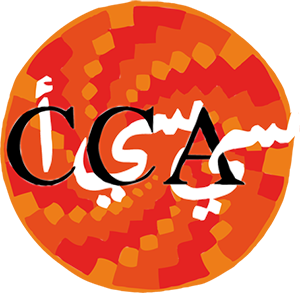The restoration project for the Colosseum formulated in 1998 by the CCA, Centro di Conservazione Archeologica, Rome, is inspired by the historical-cultural value of the monument.
Symbol of a culture that involved the entire Roman world and the Mediterranean area, a survivor of two thousand years of history, the Colosseum is a monument that aptly marks the passage between the second and third millenia of our era. This passage is characterized by common efforts to overcome national barriers, the merging of peoples of different languages, cultures and religions, and the recognition of the need to create a common strategy for safeguarding cultural heritage and its universal value.While it is still the favorite reference for the history of Rome and Christianity and a symbolic image of the eternal city, the Colosseum is also a symbol of continuity between the old and the new, a symbol of the passage to a new era where differences between nations are moving toward a new concept of a world without political, economic, religious or cultural barriers.
The project was designed around the following points: an international organizational chart of professionals, involving the countries around the Mediterranean basin; an operative plan based on the use of highly innovative alternative technologies for documentation and planning; a technical treatment using traditional techniques and materials that are perfectly compatible with the monument and its future maintenance; the transformation of the technical treatment into an event for promotion and the spread of culture through the development of a detailed plan of information and involvement of the public, with the hope of changing consumers of cultural heritage into knowledgable users who are fully aware of the monument and its history.
Project Designer: Roberto Nardi, CCA
Graphic Documentation: Andreina Costanzi Cobau, CCA
